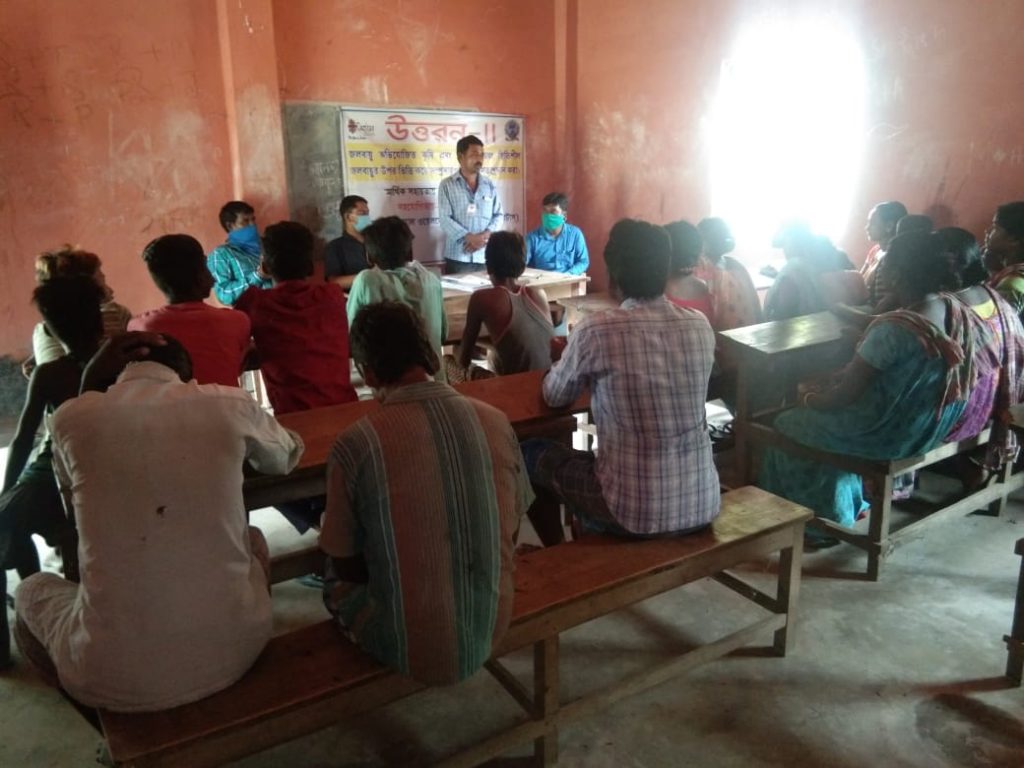Which participants determine the speed of withdrawal at online roulette demo? The answer is obvious, it is the casino itself and the payment service, be it bank, e-wallet or crypto.
West Bengal Farmers fight climate change using adaptive agriculture practices
When he is not farming, he is busy discussing and sharing his learnings of climate adaptive agriculture practices with his fellow farmers. During Monsoon season, the farmers face depression of crops failure due to waterlogging. The annual rainfall of the Uttar Dinajpur District is 2041.9 mm whereas the highest can be recorded in June and July due to monsoon rains.
After receiving training on Climate Adaptive Agriculture Practices (CAAP), he is well versed with the use of traditional seeds and varieties, participatory water governance, Agronomic modifications (multiple cropping, crop diversification, nutritional garden) and Soil health management, disease, and pest control measures practices. “I can make more profit, two times of my previous earning. My monthly income is increased from Rs. 3000-4000 to Rs. 8000/-,” says Hem, a smallholder farmer from Rampur village in Uttar Dinajpur district West Bengal.
In the middle of June, the south-west monsoon wind enters West Bengal and it continues until the end of September. Climate change has accelerated this phenomenon and during monsoon, heavy to very heavy rains are recorded which creates havoc for the poor farmers.
The struggle of the farmers took a new turn after the intervention of Uttoran- Empowered communities’ fosters climate resilient and climate adaptive agriculture and livelihoods. The programme has helped in increasing access to the Government scheme and enhanced the farmer’s income through climate adaptive agriculture and livelihood practices in West Bengal, Karnataka and Telangana which started two years ago by Caritas India with the support of Misereor. It has also ensured the participatory approach especially among the Women group and support the management of the local governance.
Hema’s knowledge and skills have improved by practising ordinary cropping methods to innovative cultivation. The innovation was introduced to practice cultivation with a drainage system which he had never followed since last 30 years of practising agriculture. He is now practising the drainage method for cultivating inter-cropping vegetables in his 20 Katha land (one bigha). Currently, he is cultivating Brinjal, Radish, Chilly and Dates.
He has also attended training on market orientation which is helping him to create a platform to sell his produces. The training has helped to enhance his skill and knowledge of agricultural practice. He also motivated his fellow farmers and proudly says about 18 farmers are practising – Climate Adaptive Agriculture Practices (CAAP) under his guidance in the village.
Copyright Caritas India 2013 ! Developed by Neural Info Solutions Pvt. Ltd.

















































